WHAT IS IT?
Stretching keeps the muscles flexible, strong, and healthy, and we need that flexibility to maintain a range of motion in the joints. Without it, the muscles shorten and become tight. Then, when you call on the muscles for activity, they are weak and unable to extend all the way. That puts you at risk for joint pain, strains, and muscle damage.
For example, sitting in a chair all day results in tight hamstrings in the back of the thigh. That can make it harder to extend your leg or straighten your knee all the way, which inhibits walking. Injured muscles may not be strong enough to support the joints, which can lead to joint injury. Regular stretching keeps muscles long, lean, and flexible, and this means that exertion won’t put too much force on the muscle itself. The purpose of stretching is to aid your body to be functionally capable to complete tasks with ease.
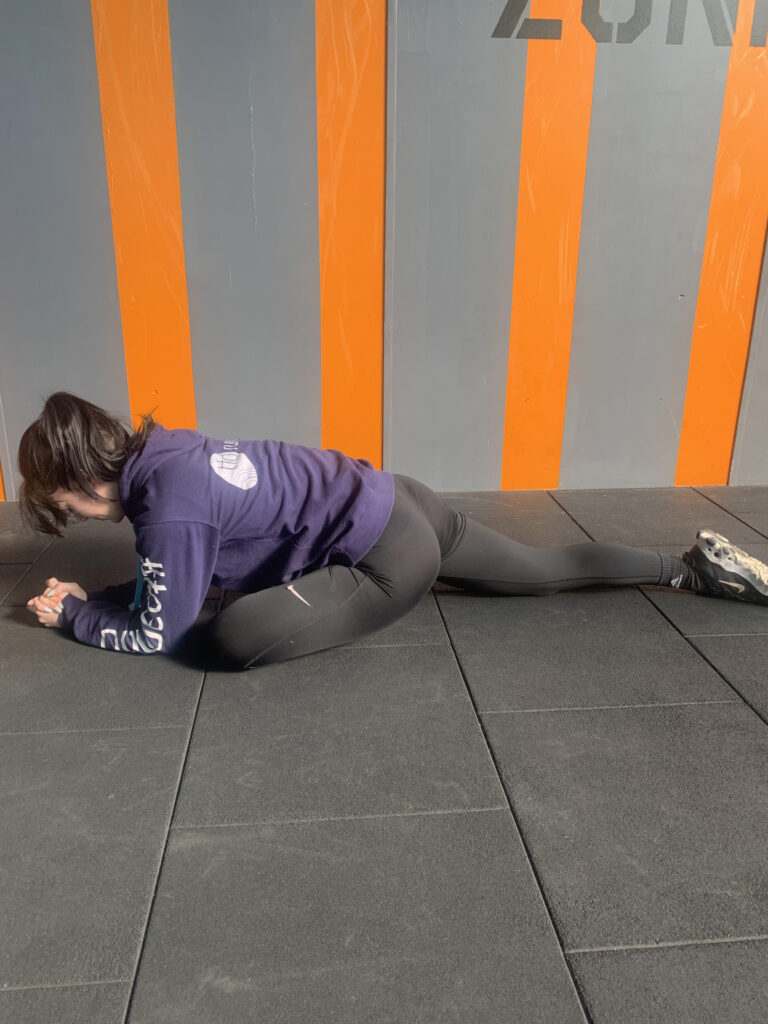
WHY SHOULD I STRETCH?
Many short- and long-term benefits occur because of regular flexibility training. Initially, stretching maintains and increases range of motion and increases blood supply to the soft muscle tissue. The changes can enhance sports performance and help prevent injury. Initiating regular flexibility training will also prevent the body from losing range of motion and allow the body to function better as a whole.
If the muscle can handle a greater load without harming itself, it will be able to lift more long-term
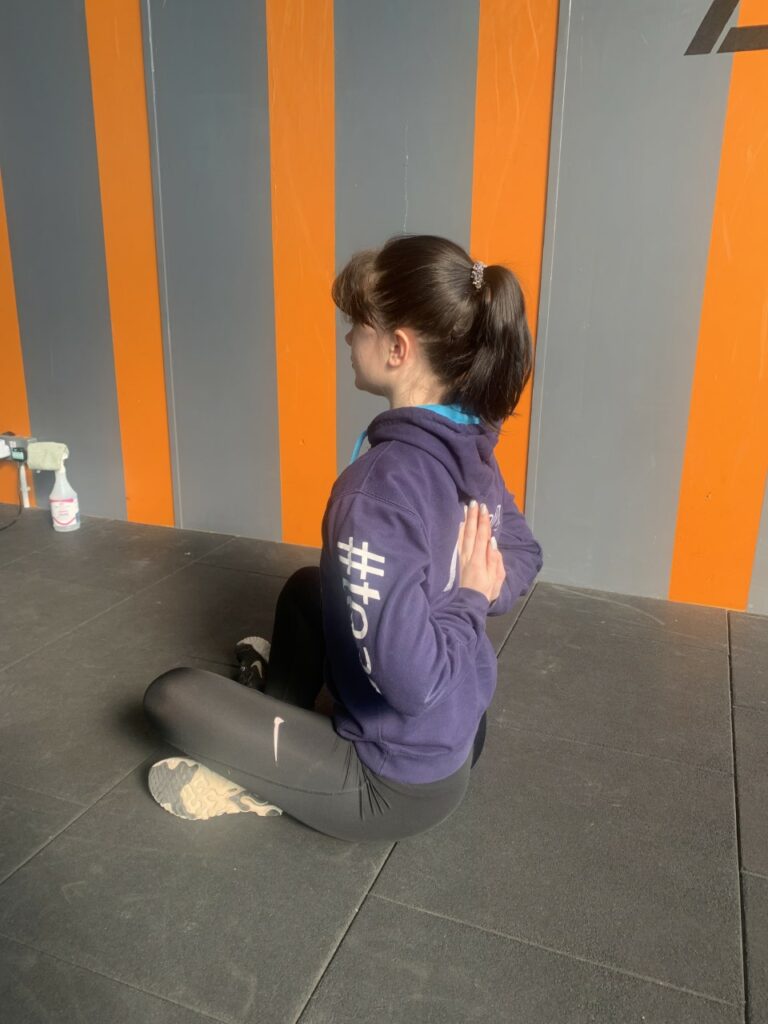
WHEN?
All soft tissues (muscles, tendons, joint capsules, fascia, skin) are more extensible when they are warm. This is because they are thermo-elastic. All stretching is ineffective if it is performed when the body is cold and should therefore be preceded by a series of warm-up exercises to increase tissue temperature.
When a muscle is stretched, the muscle spindles send a message to the central nervous system to cause a reflex contraction of the muscle to prevent stretch damage. However, if the stretch is maintained for more than 6 seconds the Golgi tendon organs respond to the change in muscle tension by sending a signal to the central nervous system which causes the muscle to relax. This means that stretching exercises should be done slowly with a gradual increase in the range of movement every few seconds. The total duration of the stretch should be about 20 seconds.
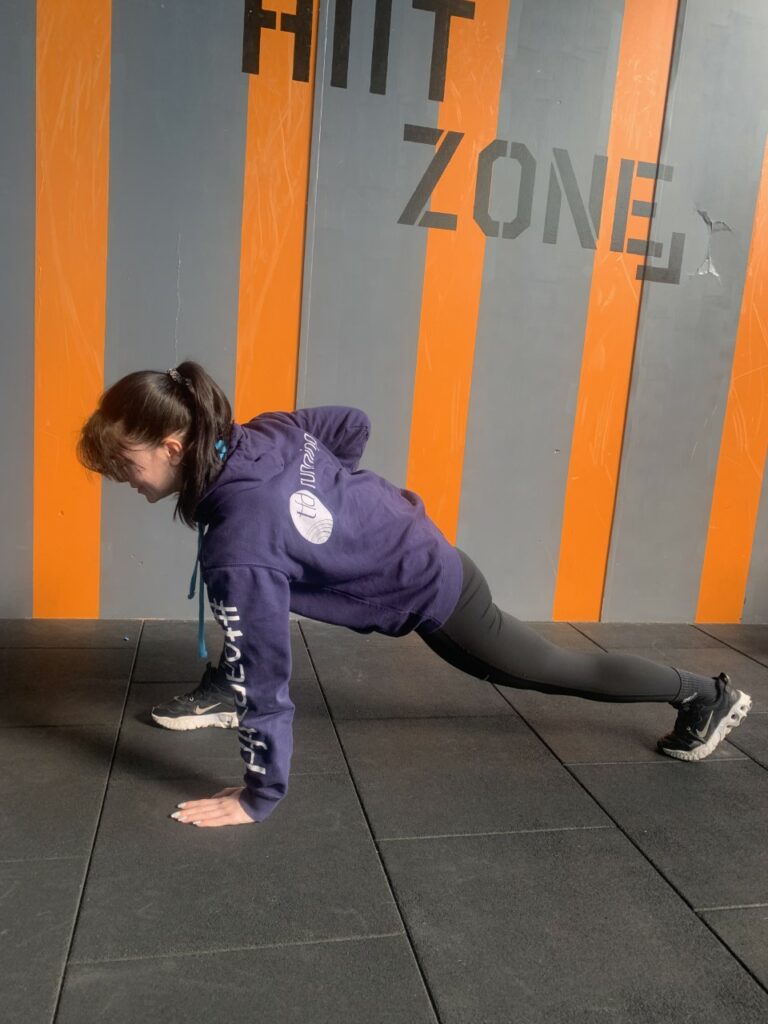
TYPES:
Static stretching involves moving the muscle or joint into a lengthened position and holding it. This type of stretching is reserved for post training recovery and on non-training days. The only exception for pre-training static stretching would be for rehab purposes recommended by a health practitioner. BEST AFTER A WORKOUT
Dynamic stretching is when soft tissues and joints are taken through their range of motion during movement, for example leg swings before a squat. This type of action is more specific to preparation for exercise and sports. Dynamic stretching has been shown to significantly increase tendon elasticity and flexibility and can increase performance. BEST BEFORE A WORKOUT
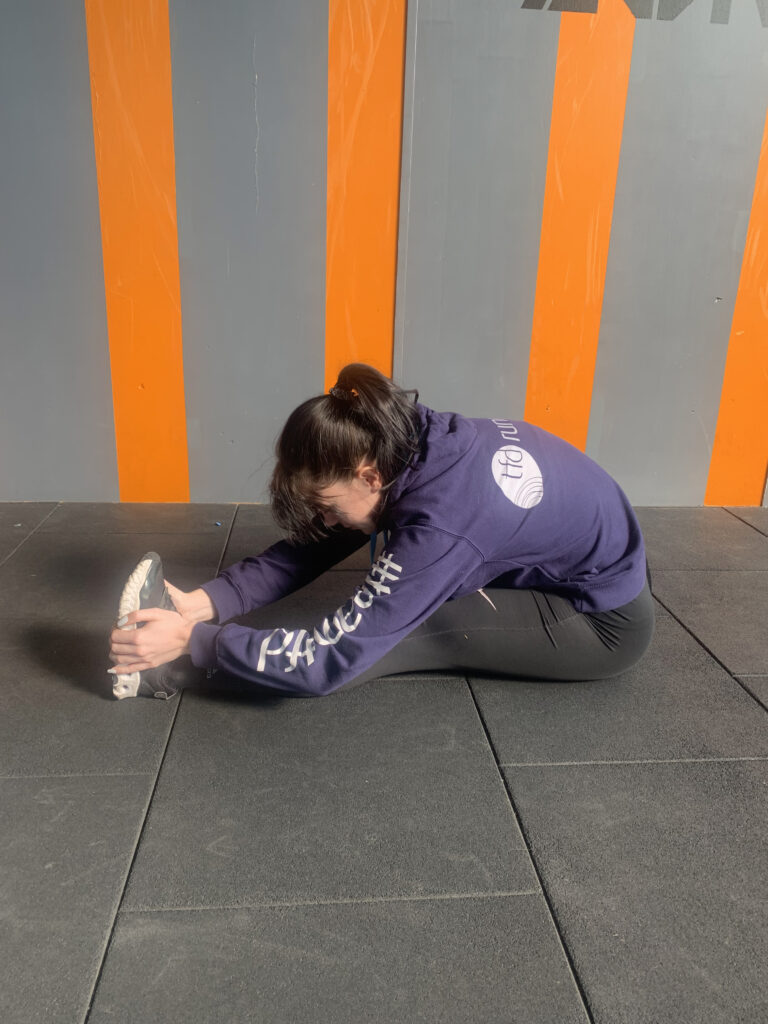
INJURY:
People who participate in regular exercise are at some point susceptible to injury if they lack flexibility to meet the demand of their exercise regime or even their daily tasks. In such cases, regaining or maintaining flexibility of soft tissues and joints, is an essential component of the rehabilitation process. Inflammation, pain and stiffness can limit joint range of motion and the normal function of the muscle can be compromised following an injury. Adequate soft tissue extensibility after an injury is essential to encourage pain free range of motion.
Stretching once today won’t magically give you perfect flexibility. You’ll need to do it over time and remain committed to the process. It may have taken you many months to get tight muscles, so you’re not going to be perfectly flexible after one or two sessions.
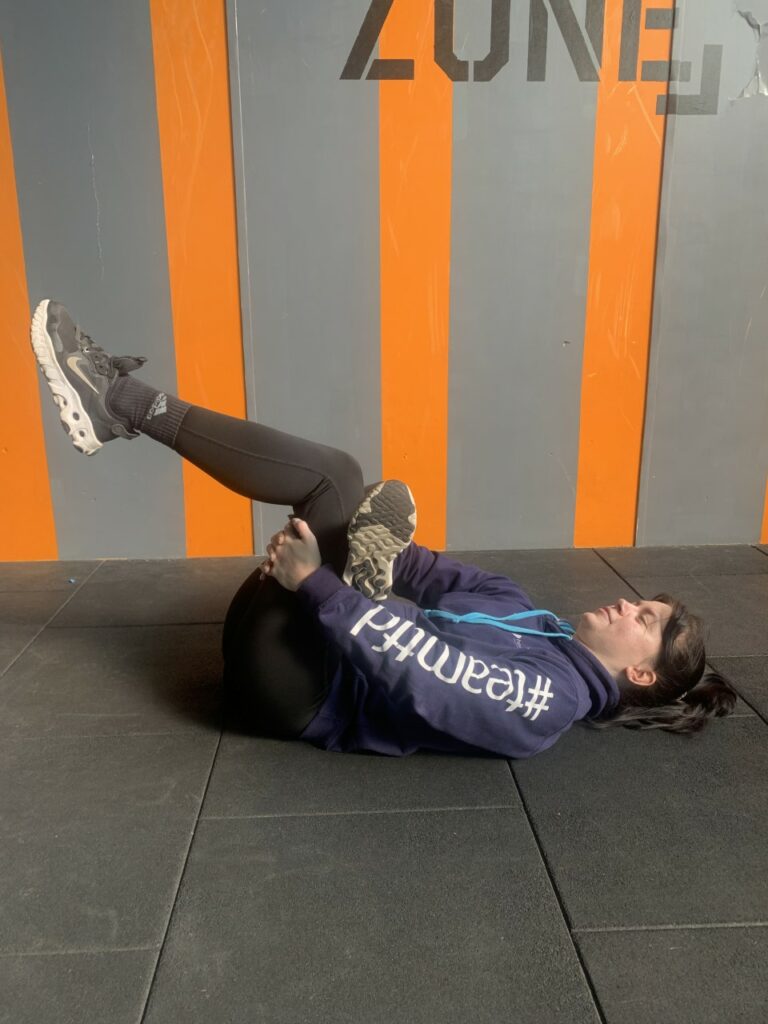
| COMMON MISTAKES: | BENEFITS YOU CAN EXPECT: |
| Trying to stretch beyond your limits | Reduced risk of injury |
| Bouncing when you stretch | Less joint and back pain |
| Not stretching all your muscle groups equally | Better performance in the gym |
| Not stretching often enough | Improved balance and coordination, less risk of falling |
| Doing static stretches to warm up for your workout | Improved posture |
| Stretching when your muscles are cold | Reduced anxiety |
| Forgetting to breathe | Increased range of motion |
Keep an eye out for Tabby’s Stretching Workshops covering everything from the basics to more specific stretching.

